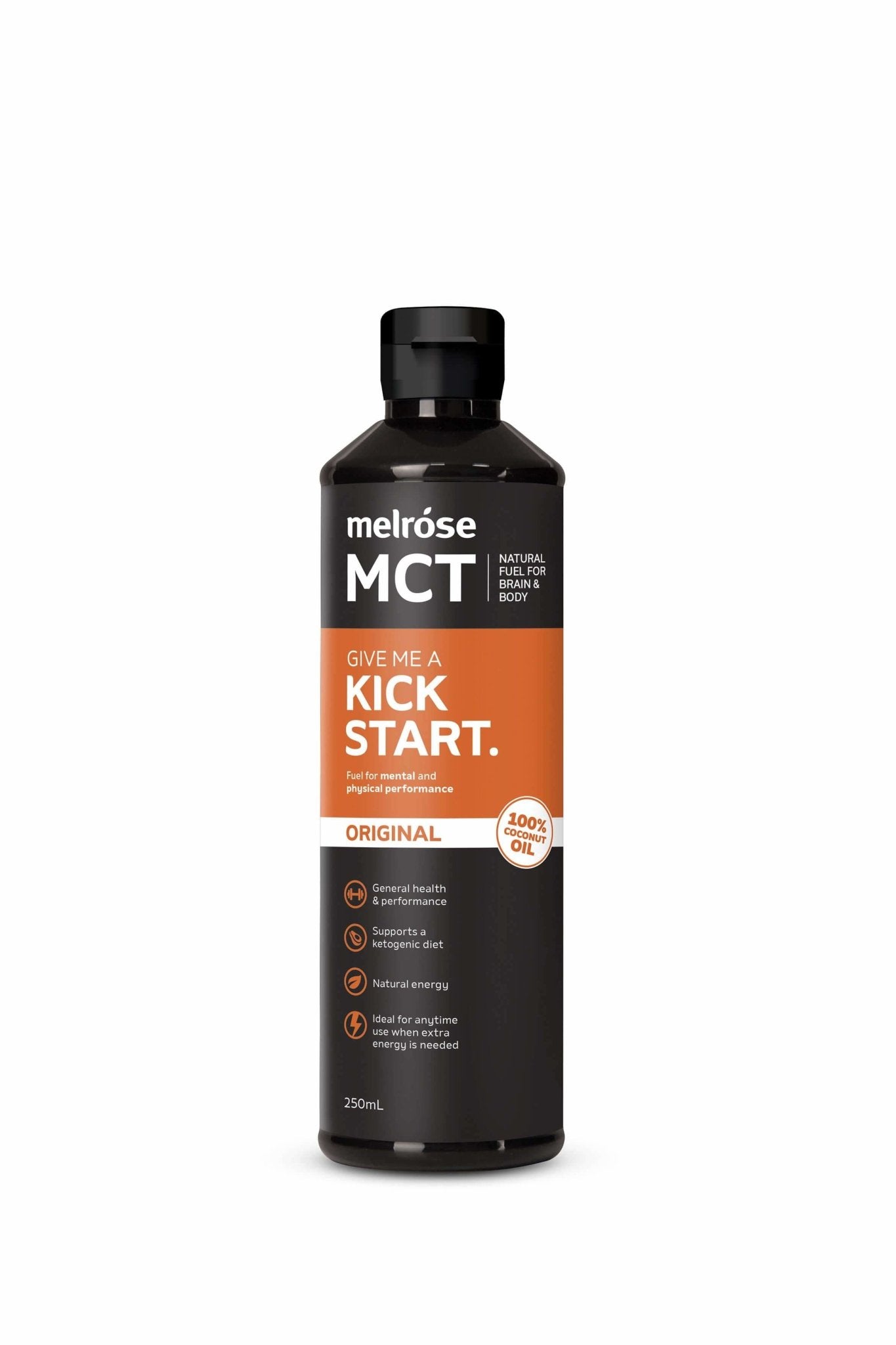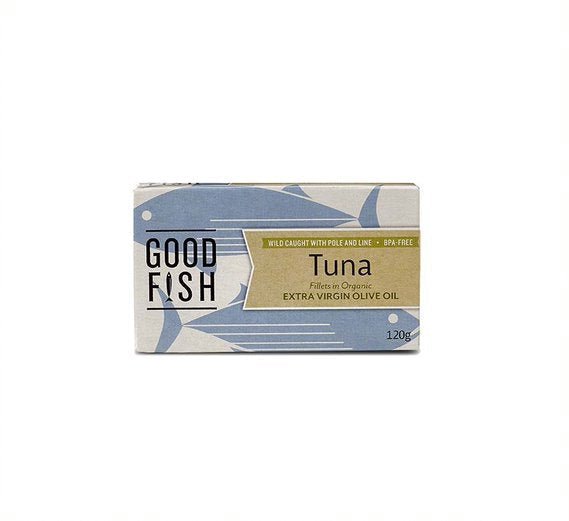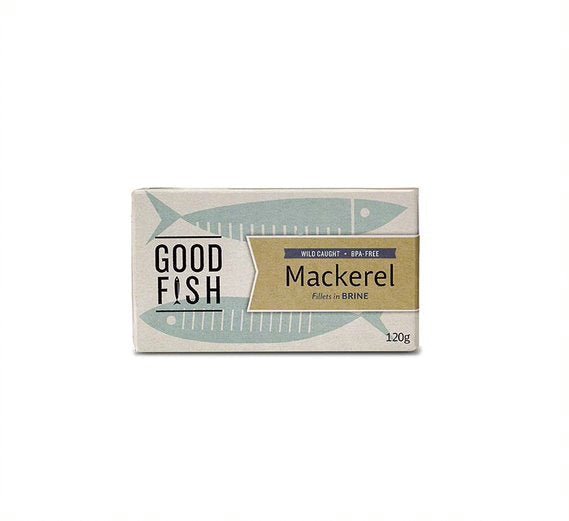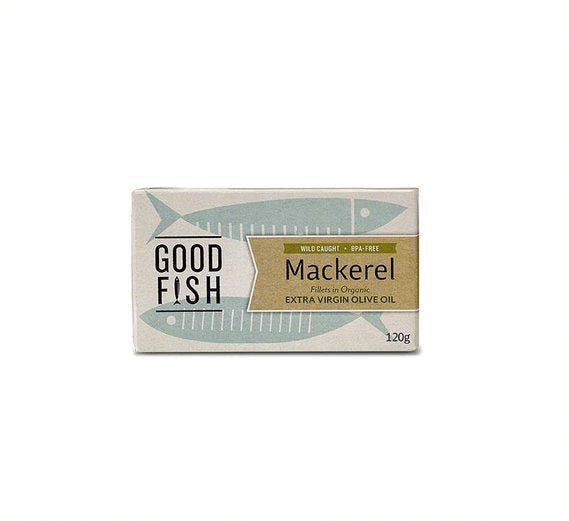This incredible Skipjack tuna is among the world’s most delicious eating tuna, while being a responsible and sustainable choice.
Tender and lovely to eat, it is fished off the coast of the Canary Islands in fully sustainable fishing zones (FAO Area 34) by hand using ancient line-and-pole techniques.
Only one fish at at time is caught, ensuring each catch is entirely dolphin safe. Fish are caught only when in season so that they are at their peak, then snap chilled for processing in Spain using traditional hand-filleting techniques.
Why Good Fish Wild Caught Tuna Fillets in Brine is great
-
Wild fished
-
Sustainably caught (in FAO Area 34) under the European Commission's Common Fisheries Policy.
-
Caught by line and pole (no sonar or drift netting)
-
Fished to quotas
-
100 percent skipjack tuna
-
100 percent dolphin safe
-
BPA free
-
Chemical & additive free
-
Hand processed
-
Fair trade (workers are responsibly paid)
-
Anti slavery
-
Nutrient rich
More about Good Fish Wild Caught Tuna Fillets
Good Fish premium, line-caught tuna is found in the beautiful and deep waters off the Canary Islands. Good Fish source only skipjack tuna, the most sustainable and unthreatened species, and use only one hook per line. This tender, delicious fish is stored on ice as soon as it's caught, and is cooked and hand-filleted using age-old artisan methods. No chemicals, no nasties. Just generous, delicious fillets, ready to enjoy.
Why Skipjack Tuna
This incredible tuna is the most delicious eating tuna in the world while still being a responsible choice. Good Fish fishermen use only one hook and one line per fish to catch premium, in-season skipjack tuna. The tuna are quickly chilled on the boat on which they are caught, and are brought back to port within a day of capture, where they are then processed by hand within 24 hours of landing.
Good Fish producers take the time to gently peel by hand and fillet these premium fish to bring out the very best in the flavour and texture of the fillets. Good Fish choose only the best of the catch - those with signs of good health and freshness including bright eyes, blood-red gills, firm flesh and a general look of brilliance.
Good Fish choose this variety of tuna because it is is fished in the world's most suitable fishing zones, thus ensuring premium quality and a sustainable future for the species. The traditional processing methods employed by the artisan producers who package the fish completes a process of integrity and artistry.
Sustainability
- Good Fish uses only skipjack tuna (katsuwonus palmis) from managed fishing zones (FAO 34) under the European Commission's Common Fisheries Policy (CFP) protection.
- Fish are wild caught, with one hook and one line per fish. Only 10 percent of skipjack fishing in the world is done by pole and line, and Good Fish are a part of that small percentage. Good Fish only use boats that know Good Fish standards and eye for quality.
- Skipjack is one of the most sustainable and least threatened tuna species, being the smallest commercial tuna species. Being a smaller fish, it repopulates quickly and is the most mercury-safe type of tuna (*).
- Good Fish skipjack tuna are generally range in size from 2kg-6kg. By comparison, yellowfin tuna can weight more than 50kg.
- The fish are caught to a quota system, and in certain areas and seasons to ensure maintenance of the species under the European Union Common Fisheries Policy. Pole and line fishing is labour intensive, so Good Fish product provides bountiful employment for local fishermen as well as being environmentally sound by not causing by-catch issues or clearing out whole schools (as trawlers do).
Quality And Health Credentials
- Being a smaller fish, skipjack tuna repopulates quickly and is the most mercury-safe type of tuna (^).
- Tuna is a source of high-quality protein with almost no fat. It is a good source of omega-3 fatty acids.
- The fish is caught close to the processing facility, carefully chilled, then processed fresh within 24 hours. Processing is done by hand in Spain in traditional methods that have been honed by skilful craftswomen over generations.
- No chemicals are used in the processing or preserving of these fish. In some parts of the world is common to dip the fish for chemical peeling.
- All Good Fish wild-caught fish are selected where they are best in the world and processed by the best in the world. That's the Good Fish point of difference.
- Fishing is done mainly in the summer when the quality of the fish is better because their fat level is higher, the meat is more tender and the taste is delicious.
- All tins are BPA-free and have been since BPA-free tins became available. Good Fish has been ahead of the pack in this regard.
- In processing, the innards and blood and removed before processing which leads to superior flavour, tenderness, fat properties and quality in the fish.
Community Benefits
- This is a traditional southern Spanish and Portuguese product. For the local producers, the benefits are enormous, bringing economic benefit to an economically challenged region. Fishing and fish processing are reliable sources of employment and have for centuries been a source of cultural pride.
- The hand processing component of this product done entirely by women, as is the tradition in this part of the world. Some of the women who work in peeling and filleting have been proudly employed in their craft for a lifetime.
- As these producers have enormous pride in their product, they are extremely careful to supply only the finest quality fish and to treat it with the utmost respect. The end result is a superior product.
















